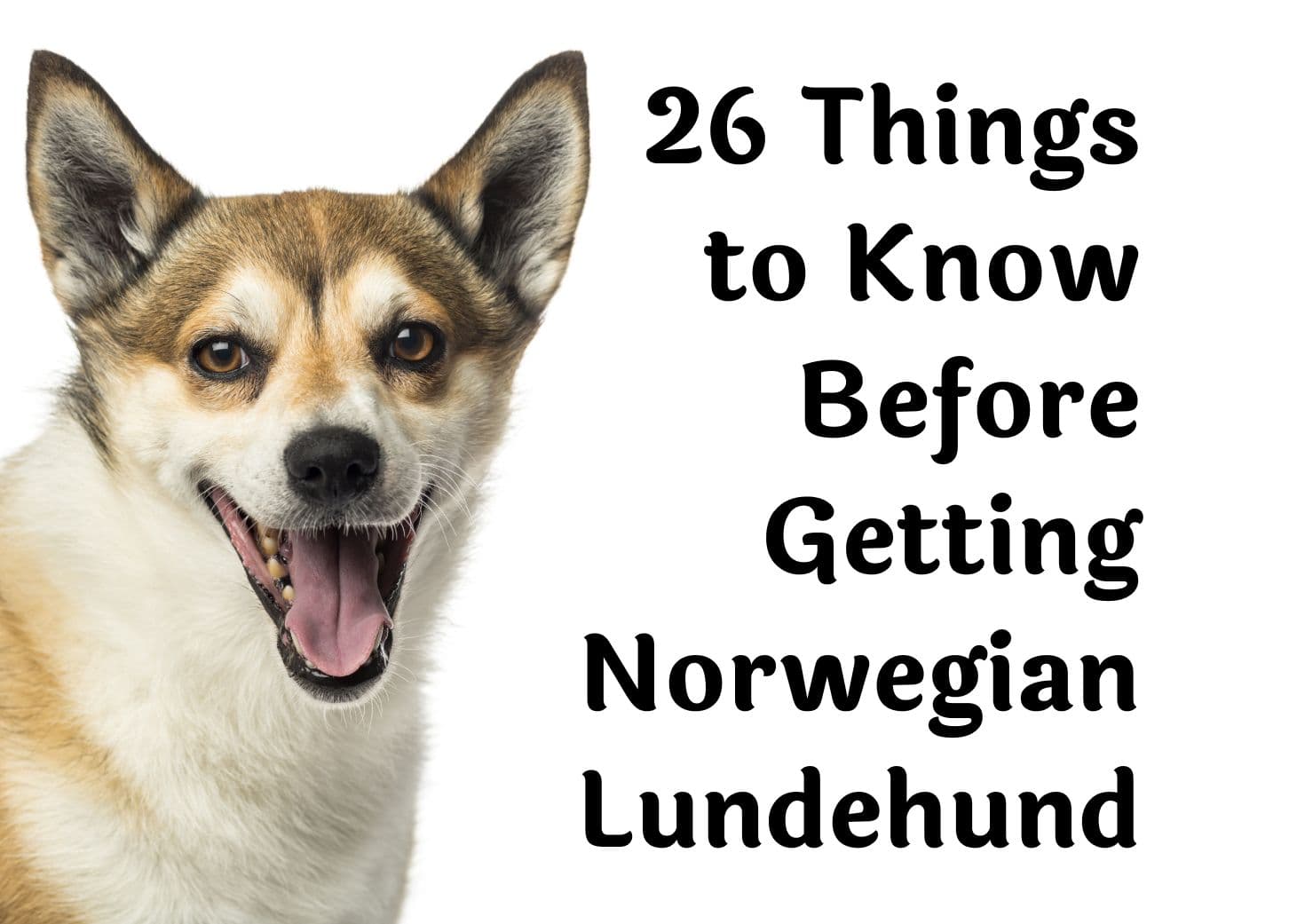Consider These 26 Questions Before Getting a Norwegian Lundehund

The Norwegian Lundehund: A Rare, Quirky, and Lovable Companion
If you’ve never heard of the Norwegian Lundehund, you’re not alone — they’re one of those hidden gem breeds that somehow never made it into the mainstream. But if you’re looking for a unique, affectionate, and playful dog with a fascinating history, the Lundehund might just win you over.
We’ve had the pleasure of spending time around this breed, and let me tell you — they’re special. Here’s what you should know if you're thinking about adding a Lundehund to your family.
What Makes the Lundehund So Unique?
Originally bred on the remote island of Værøy in Norway to hunt puffins (yes, really), the Lundehund developed some wild physical traits:
- Six fully functional toes on each foot
- Extra paw pads for better grip on cliffs
- Ears that fold shut to block out debris
- An incredibly flexible neck that can bend backward to touch the spine
- Limbs that can stretch out sideways like a gecko
These traits helped them scale rocky cliffs and squeeze into tight puffin nests. Today, they just make for great conversation starters at the dog park.
Temperament: Sweet, Social, and a Little Stubborn
Lundehunds are friendly, playful, and generally get along well with people and other dogs — they were bred to work closely with humans and canine teammates. They’re not aggressive at all, but they’re also not watchdog material. If you’re looking for a snuggly companion who enjoys your company and loves to play, this breed delivers.
They’re great with kids too, especially if raised together. Just supervise early interactions, as with any dog.
Cats and small pets? That’s trickier. Their prey drive can kick in, so early and consistent training is key if you’ve got feline roommates.
Size, Lifespan & Health
- Height: About 12–15 inches at the shoulder
- Weight: 20–30 lbs
- Lifespan: 12–15 years
Lundehunds are relatively healthy thanks to careful breeding, but they do have some genetic quirks. One issue to watch for is patellar luxation (knee problems), and some eye conditions can show up too. Always get your pup from a reputable breeder who screens for health issues.
Training & Exercise: Be Patient and Consistent
This is where things get a bit challenging. Lundehunds are smart, but they’re also independent and can be tough to housebreak. Potty training, in particular, is notoriously tricky with this breed — so you’ll need patience and a good sense of humor.
Obedience training is doable but may take longer than with other breeds. Consistency, positive reinforcement, and a bit of creativity go a long way.
As far as exercise goes, they don’t need a ton. A solid 30–60 minutes of daily activity should do it — walks, playtime, or even agility games if you want to tap into their puffin-hunting past. They’re also content to play indoors, so they adapt well to apartment life, though a fenced yard is a bonus (make sure it’s secure — they’re sneaky escape artists!).
Grooming & Shedding
Lundehunds have a double coat, which means moderate shedding most of the year and big blowouts in spring and fall. Regular brushing helps keep things under control. They’re not hypoallergenic, unfortunately, so allergy sufferers may struggle.
Barking, Separation, and Other Quirks
They can be vocal — something to keep in mind if you have close neighbors. Early training can help manage this, but barking is in their nature.
Surprisingly, they’re not as prone to separation anxiety as other velcro breeds. That said, they still love being around their people and don’t do well if left alone for long stretches.
Why Are They So Rare?
Frankly, they’re just not flashy. While their anatomy is fascinating, they don’t have the “wow” factor many people look for in a pet. Add in the training challenges, and they’ve stayed mostly under the radar.
But if you’re an experienced dog owner looking for something different — something a little weird, a lot lovable, and full of personality — the Norwegian Lundehund is absolutely worth considering.
Where to Find One
This breed is rare, so expect to pay around $2,000 for a puppy from a responsible breeder. Make sure you get health clearances and meet the parents if possible. Finding one in a shelter is unlikely, but always worth checking breed-specific rescues.
Bottom line? The Norwegian Lundehund isn’t for everyone — but if you’re up for a bit of a challenge and want a loyal, quirky sidekick with a face full of charm and feet full of toes, this breed might just be your perfect match.